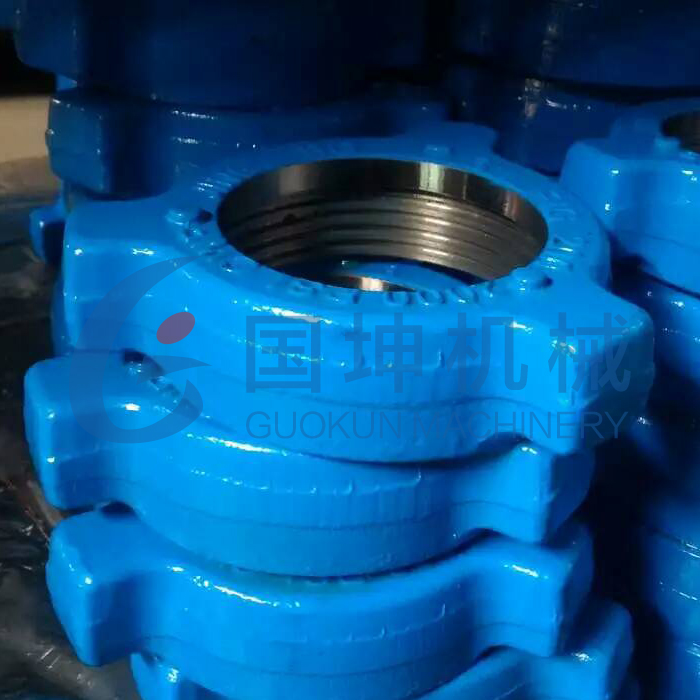When a piece of metal is hot forged it must be heated significantly. The average temperatures necessary for hot forging are:
Up to 1150 degrees Celsius for Steel
360 to 520 degrees Celsius for Al-Alloys
700 to 800 degrees Celsius for Cu-Alloys
During hot forging, the temperature reaches above the recrystallization point of the metal. This kind of extreme heat is necessary in avoiding strain hardening of the metal during deformation. In order to prevent the oxidation of certain metals, like super alloys, a type of hot forging called isothermal forging is a good choice. In isothermal forging, the metal deformation occurs within a highly controlled atmosphere, similar to that of a vacuum.

Hot Forging Considerations
Traditionally, manufacturers choose hot forging for the fabrication of parts that have a greater influence in the technical arena. Hot forging is also recommended for the deformation of metal that features a high formability ratio. Other considerations for hot forging include:
1. Production of discrete parts
2. Low to medium accuracy
3. Scale Formation
4. Low stresses or low work hardening
5. Homorgenized grain structure
6. Increased ductility
7. Eliminiation of chemical incongruities
Possible disadvantages of hot forging include:
Less precise tolerances
Possible warping of the material during the cooling process
Varying metal grain structure
Possible reactions between the surrounding atmosphere and the metal
The Article from Thomasnet.com